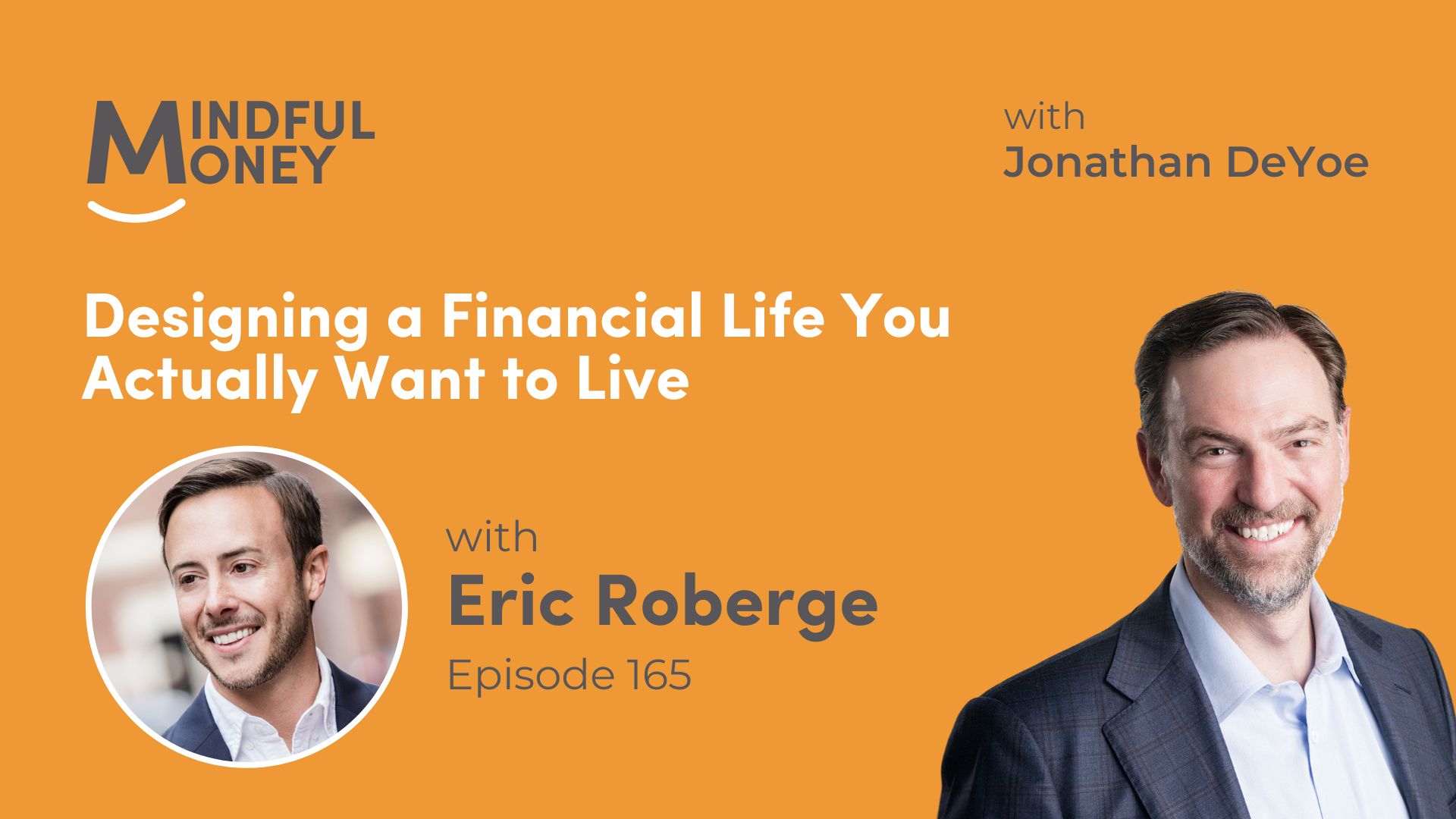When I worked in SF, I was on the 35th floor of a downtown building. On the way to work every day, I looked up at the building and I thought – “Wow, it really is a very nice building.” And I would go in through a sparkling clean lobby to a wood and mirror-paneled elevator and ride the elevator up to our suite. I’d get off the elevator and there was a table with a huge bouquet of fresh flowers in the reception.
Turning past reception, I would walk down the hall past the open conference rooms to my office which overlooked San Francisco. During my years with Wall Street firms (working in downtown office buildings), I was in many different buildings and had many different office views over time.
I loved my offices. I never questioned the safety of the office. I was never seriously concerned about earthquakes… until I was in the building when an earthquake hit.
Then I worried.
For me, worrying isn’t just a sense of anxiety. It is a push to learn more. What happens to the average building when an earthquake hits? What happens to a tall office building? What happens to a tall office building among many tall office buildings in a downtown area? What sorts of structural designs exist underground to keep us safe when we are way above ground?
After I did some research and spoke to a structural engineer and learned a little bit about how it all works, I wasn’t worried anymore (or, at least, I worried less).
Earthquakes and the fear of earthquakes are a pretty good stand-in for “market volatility.” They are both expected over a somewhat regular interval, but neither are predictable or controllable in any way.
As long as markets are going up – as they had done aggressively from the bottom in 2009 to the top in late December 2021 – we don’t think about the risk in our portfolios (no matter how much or how often I point out the cerebral probabilities of “volatility” at client events). In fact, the longer it goes up without volatility (and it went pretty strong for 12 years), the more likely we are to forget about volatility and become surprised upon its inevitable return.
Then, when the volatility returns (when the earthquake hits) we have to re-learn how to deal with the volatility.
A great way to do this is to look under the hood at what you really own. You may own “the stock market.” But it is important to understand it less as owning the market and more as owning many individual businesses – each of which produce goods and services that are demanded by large swaths of consumers.
A typical equity portfolio we manage has 3%(ish) exposure to Apple and Microsoft; 1-2%(ish) exposure to Google and Amazon; slightly less than 1% exposure to Exxon, Johnson & Johnson, Facebook, Berkshire Hathaway, United Healthcare, and JP Morgan Chase & Co., and that leaves 98% of the portfolio to spread across 8-9000 other smaller businesses – each of which is aware of all the challenges facing, and opportunities open to, the business.
Each business we own knows that we are in an inflationary environment, that a recession may be imminent, that an election is upon us, and that none of the outcomes can be predicted with any certainty. They will each make their best decisions on how to weather the storms, and come out the other side stronger and more prepared to grow their businesses and take market share away from their competitors.
Some businesses will benefit from inflation; some will be hurt by it. Some businesses will do poorly through a recession; some will do very well. Some business will do better if Democrats maintain both houses, some will do better if Republicans capture one or both houses.
On net, over time, equity investing provides a returns net of expenses, taxes, and inflation that are 2-3X those of other investments. This is so consistent that it calls into question any argument against holding equities at any time – but especially calls into question any suggestion of reducing equity exposure while they are on sale (as they are today).
BTW – I originally “lay down a marker” on September 19th with my post, This Is What It Feels Like to Buy Low. We were still right there in the same market vicinity until Thursday last week. Maybe the bottom is in? Maybe it’s not. It is easy to imagine headlines that would push the market back down again… for a time.
Every moment that passes brings us closer to the inevitable market recovery and a renewed economic expansion. We can’t know for certain what might trigger the ultimate recovery, but earnings remaining stronger than expected, the failure of the MAGA wave, and inflation beginning to slow down all seem to be good reasons.
Or, maybe it was just November’s feeling of Thanksgiving. It is hard to really know.






